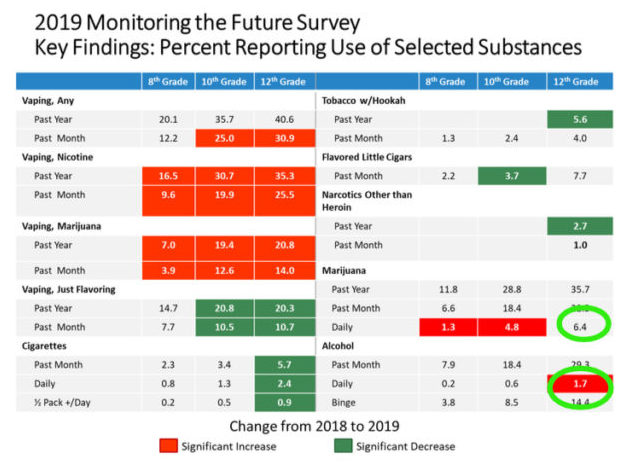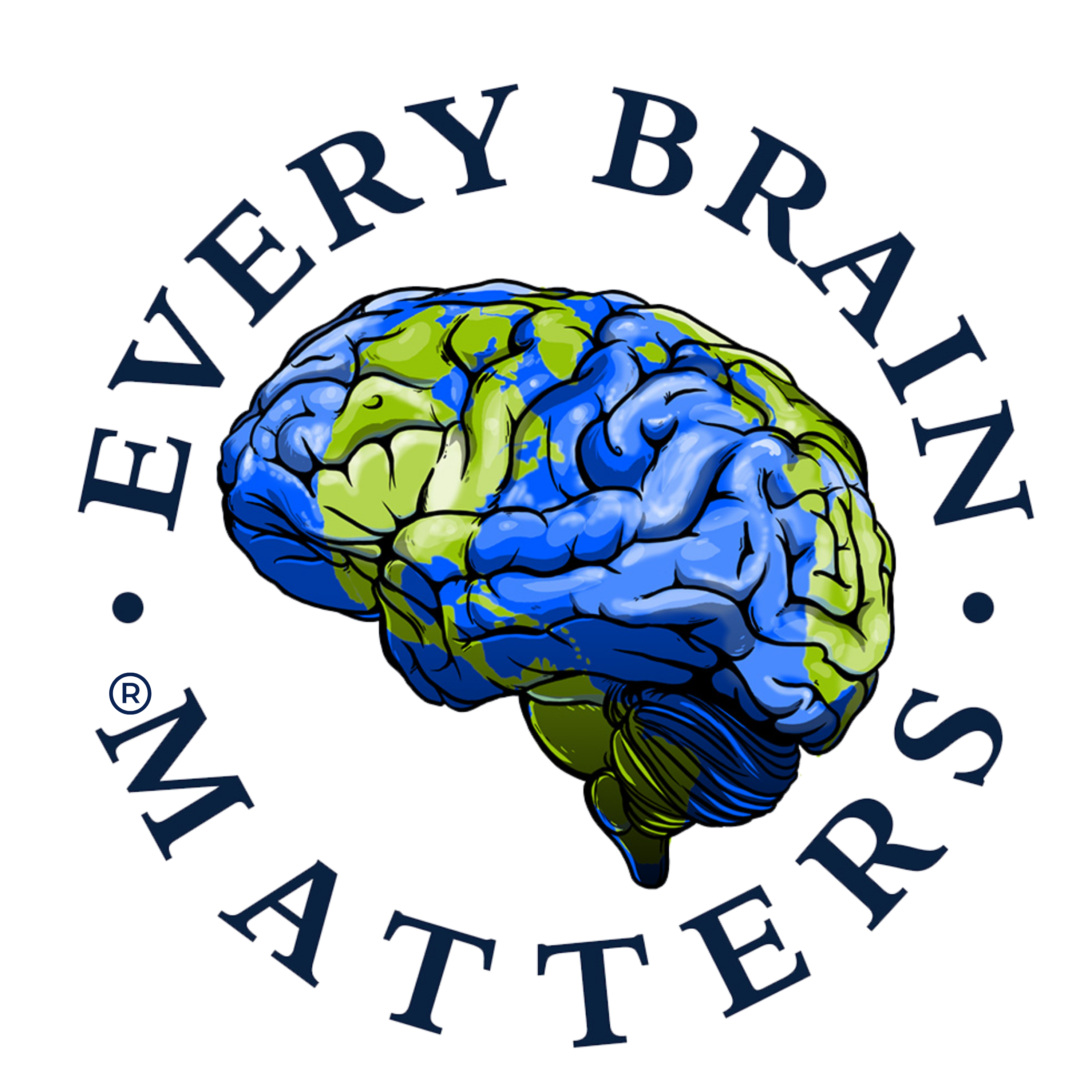- The kids aren’t alright: The effects of medical marijuana market size on adolescents 2023, January
- Teen cannabis abuse has increased 245% over 20 years, study finds 2022, December 7
- What is the impact of cannabis use in adolescence? 2022, August 22
- The Effects of Marijuana on the Teenage Brain, 2022, May 23
- Is the Adolescent Brain at Greater Vulnerability to the Effects of Cannabis? A Narrative Review of the Evidence 2020, August 26
- High School and Youth Trends Drug Use, 2019, December
- The Workings of the Adolescent Brain, 2016, September 16
The kids aren’t alright: The effects of medical marijuana market size on adolescents
Science Direct 2023, January
Using newly collected data and a novel identification strategy, we study how adolescent marijuana use and associated public health externalities change in response to medical marijuana market size. Contrary to prior research that focused on passage of MMLs and found no effect, we find youth marijuana use responds to medical marijuana market size. Our estimates suggest that if a state where marijuana is illegal were to reach the median per capita medical marijuana registration rate, past-month..
Teen cannabis abuse has increased 245% over 20 years, study finds
OHSU 2022, December 7
Research led by Oregon Health & Science University reveals adolescent cannabis abuse in the United States has increased drastically — by about 245% — since 2000, as alcohol abuse among teens has steadily declined.
The findings, published today in Clinical Toxicology, found more than 338,000 instances of intentional abuse or misuse among American children aged 6 to 18…
What is the impact of cannabis use in adolescence?
Bhowmik, Microbiology, 2022, August 22
The use of cannabis can negatively impact adolescents and cause early onset of cannabis use disorder symptoms.
hronic use of cannabis has been reported to cause anxiety, depression, and psychotic symptoms. A multinational study indicated that using high-potency cannabis by 15 years of age leads to twice the risk of psychosis. Moreover, daily users of cannabis are more likely to develop psychotic disorders, with daily users of high-potency cannabis having the highest risk.
Furthermore, deleterious effects of cannabis have been observed on ongoing brain development as well as the fertility of adolescents. Cannabis has also been found to impair cognition in the short term, driving, as well as lead to sleep problems, acute paranoia, delusions, and hallucinations..
The Effects of Marijuana on the Teenage Brain, Reviewed by:Michael Kaliszewski, PhD, 2022, May 23
Marijuana use can have much more long-term effects for teenagers. During adolescence the brain is particularly sensitive to drug exposure, and marijuana use impacts how connections are formed within the brain.3 Other effects on the developing brain include interference with neurotransmitters and abnormal brain shape and structure volume.6
Studies have shown that the use of marijuana is associated with reduced cognitive function in teens.7 A recent study found that marijuana has a more negative impact on a teenager’s cognitive development than alcohol.9 Other long-term risks associated with marijuana use include respiratory issues, increased chance of lung cancer and heart attack, problems with child development during and after pregnancy, and the development of Cannabinoid Hyperemesis Syndrome (characterized by cycles of severe nausea, vomiting, and dehydration that may require emergency medical attention)…
Is the Adolescent Brain at Greater Vulnerability to the Effects of Cannabis? A Narrative Review of the Evidence
Frontiers in Psychiatry, 2020, August 26
While there is growing interest in the therapeutic potential of cannabis (186–188) and evidence of benefit only for certain cannabinoids such as cannabidiol for certain childhood epilepsies (189, 190), or potential for benefit for neurodevelopmental disorders such as schizophrenia (191–195) that typically have an onset in late adolescence and early adulthood, evidence summarized above indicate the need for caution. This is a particular concern as specific cannabinoids (such as cannabidiol) with therapeutic potential are often conflated with cannabis/medicinal cannabis in the public discourse leading to potential trivialization of possible harm from cannabis use in adolescent users and reinforcement of the narrative that cannabis use is a harmless recreational activity in young people. Collectively, despite the obvious limitations outlined above, current evidence indicates that adolescence is a sensitive period during which cannabis use may result in adverse neurocognitive effects that appear to show a level of permanency into adulthood…
High School and Youth Trends Drug Use,
NIDA. December 2019
More than 42,500 students from nearly 400 public and private schools across the country
participated in this year’s Monitoring the Future (MTF) Survey of drug use and attitudes among
American 8th, 10th, and 12th graders…

The Workings of the Adolescent Brain,
Frances Jensen, MD 2016, September 16
